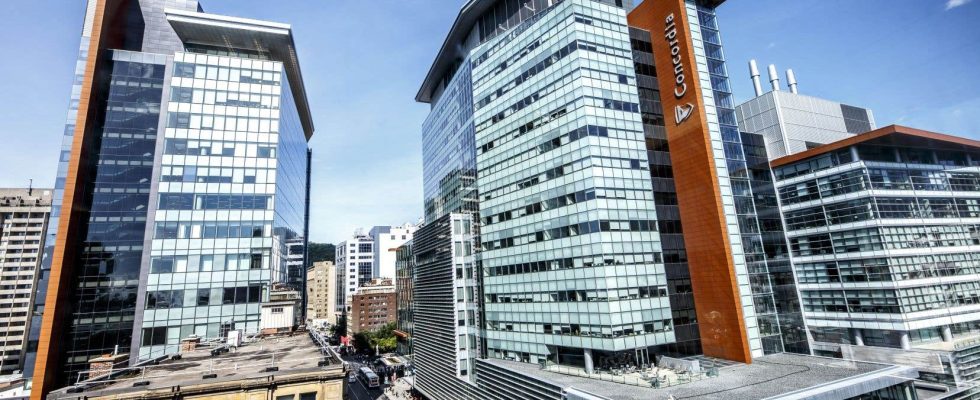This text is part of the special Research section: climate issues
Concordia University has embarked on a bold climate project, PLAN/NET-ZÉRØ, to achieve the decarbonization of its two campuses by 2040. To do this, the University is looking at its real estate portfolio and sustainable mobility . The objective is to serve as a model for cities, like Montreal.
The project is ambitious, recognizes Ursula Eicker, professor of building, civil and environmental engineering at Concordia University and co-director of the Next Generation Cities Institute. She is one of the researchers involved in the experiment which will transform the two campuses, that of Sir-George-Williams, in the heart of downtown, and Loyola, in the residential district of Notre-Dame-de-Grâce, into living laboratories decarbonization.
To achieve the targets, we must first reduce consumption, and of course this involves reducing demand. However, Concordia is one of the largest universities in Canada, with no fewer than 80 buildings spread over 25 hectares. “As we are downtown at the Sir-George-Williams campus, mobility is already very public, there are few vehicles. Emissions therefore mainly come from infrastructure,” indicates the professor.
Gas heating, for example, must be changed to an electric or renewable gas system. “The question of solar panels is interesting, but we have very tall buildings, so we are going to do some installations, but we will not be able to cover the demand, which is too high, because there is a lack of roofs,” explains M.me Eicker. We will have to find a way to generate enough electrical power for both campuses without stressing the electrical network. Providing storage space will therefore be necessary.
Infrastructure under the microscope
Although we might think that consumption during the pandemic could have served as a model, this is not the case, explains Ursula Eicker. “According to data recorded during the COVID-19 pandemic, when buildings were empty, consumption did not drop as much as we expected, because the heating system went into “holiday mode”. The temperature has not dropped that much,” she emphasizes. But with the new standard of hybrid work, it is certain that the way we manage buildings must take into account new consumption needs. There’s no need to have so many scattered offices overheating in every building, while some employees are remote several days a week.
Another point concerns the construction of buildings, which also needs to be rethought. Renovations may be necessary in certain places to make infrastructure less energy-intensive. However, this requires more funds, recognizes the professor. “Changing the windows, improving the insulation, all that, obviously, is more expensive,” she says.
The work carried out on the facades is the most expensive, and the envelopes to carry out these renovations are slow to arrive. Reason why the project is carried out in association with various sectors, in particular financial establishments to find financing models, but also public companies like Hydro-Québec, large engineering firms, SMEs, and the objective is also to join multinationals.
A model for cities
“There is an important development in public policies to look at with decarbonization,” recalls Graham Carr, the rector of the University. Mr. Carr hopes his establishment will become a global center for energy solutions. “For us, this also represents a challenge, with the applied research that is being done on the subject of intelligent buildings, electrification or even cybersecurity with the digital element to combine,” he explains.
For the rector of Concordia, this is what makes the project so rich, because it brings together several sectors, whether in applied research, in investment circles or in public policies. “We are going to give a sandbox to all these people who will have to work together to find solutions,” he said.
The City of Montreal will also have a lot to learn from these laboratories, because the problems that will be encountered there are identical on the scale of a university or a city: it is necessary to change the vehicles, add electrical power while reducing Requirement. According to Ursula Eicker, this will notably remind the province that more money is needed by cities to make infrastructure less energy-intensive, for example. “Without an advantageous incentive program, we will never get there, because the buildings are not suitable, electric vehicles are too expensive and public transportation is not improving. »
For students, Graham Carr hopes this project can inspire them to become leaders in the field of sustainability. Especially since the model is still unique in the country. “It will take time, but I cannot find an example elsewhere in Canada of this scale to achieve the targets,” the rector proudly concludes.
This content was produced by the Special Publications team at Duty, relating to marketing. The writing of the Duty did not take part.
